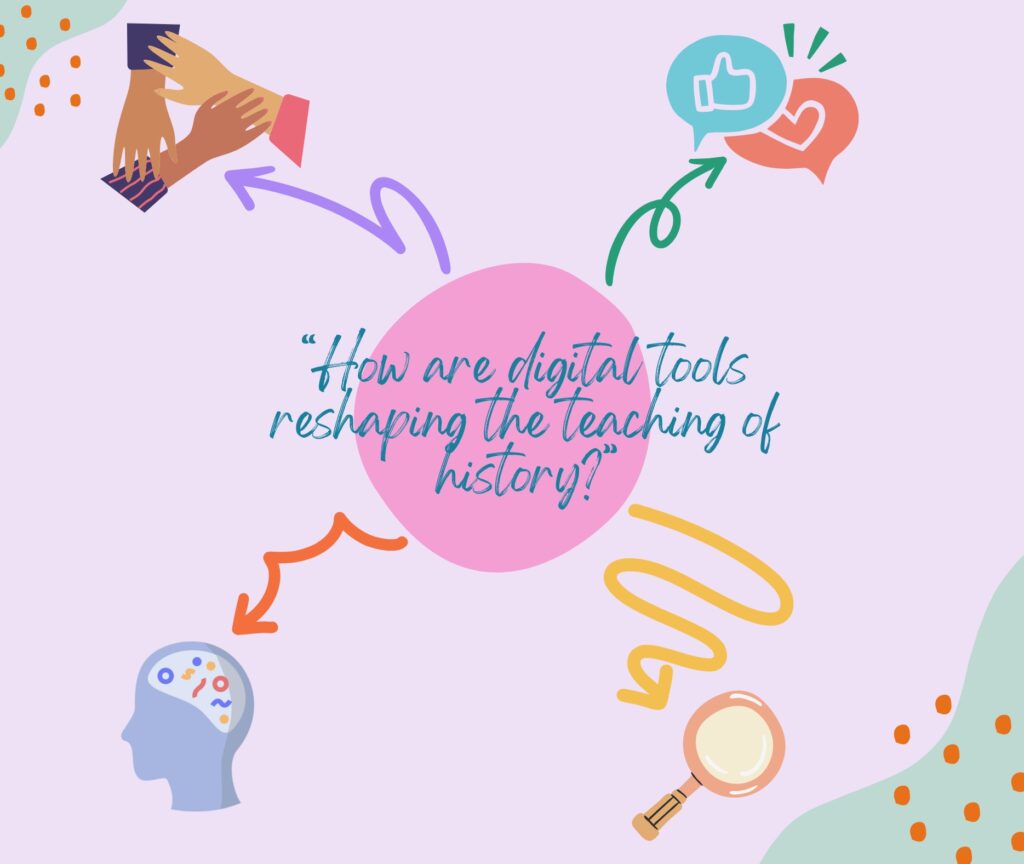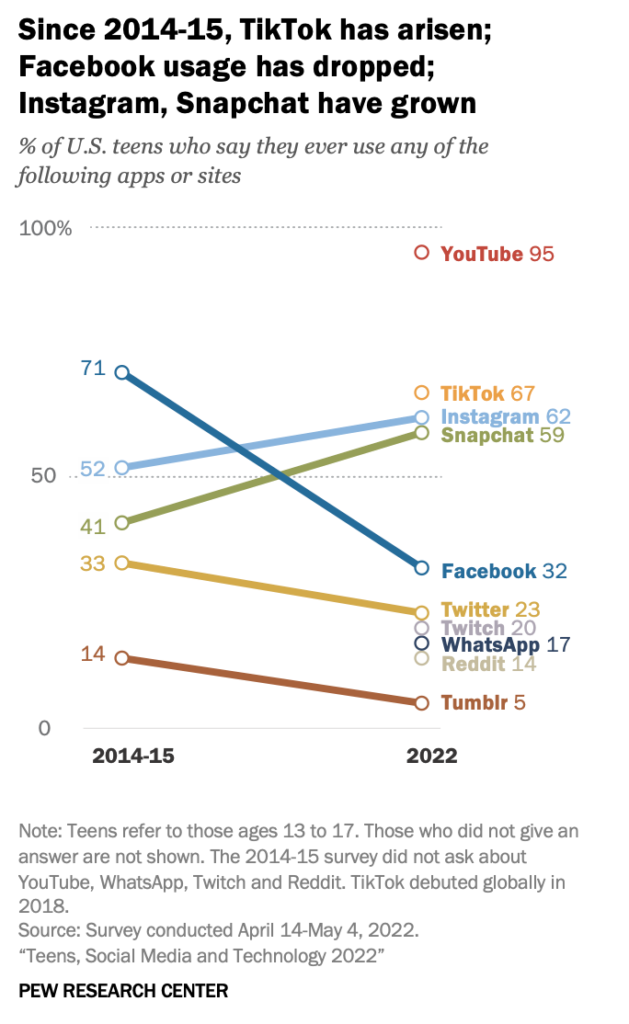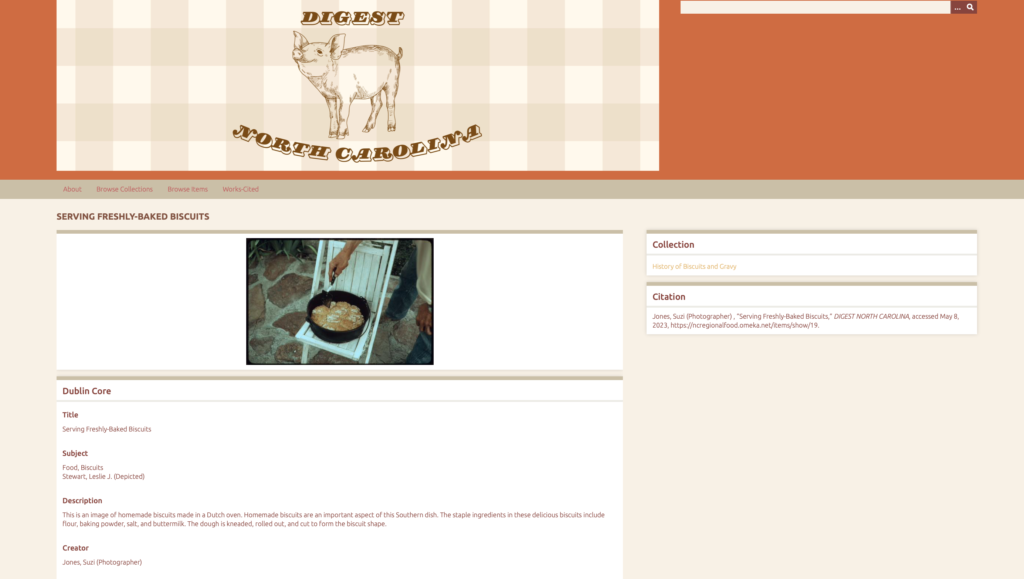
Increased technological awareness in today’s society has introduced a new and exciting way of teaching students the things of the past. Written and performative assessments are a great way to measure students’ understanding and success in your classroom, of course, but the possibilities of enhancing your instruction with digital tools are endless. Digital media presents opportunities for students to learn both historical thinking skills and practical skills that they can use in everyday life, such as organization and collaboration. It is important that we incorporate digital tools into our history classrooms to make information more accessible and personable to students.
To introduce my thoughts on using digital tools to teach history, I would like to introduce you to this Ted Talk by Seth Berkowitz. Seth mentions several ideas relevant to what we discussed in HIS 3630 throughout the video. He has interesting thoughts on how teachers and museums can incorporate technology to make history more interesting and exciting for learners. I recommend paying close attention to 1:43-2:45! Many of the thoughts proposed in the video are elaborated on throughout my blog post!

A great way to begin embracing digital tools in the classroom is to start with something that students will find very familiar: social media. The chart to the left reflects the most popular social media platforms as of 2022 and the percentage of U.S. teens using those platforms. Using social media is a great way to get students engaged in instruction. Platforms like TikTok and Instagram allow students to be creative and collaborate with one another. For example, Alyssa Maldonado-Estrada explained how her students used Instagram to “curate their own images to go with their thoughts on the readings and materials each week.” Each week students posted their responses to the readings and/or material. Students were asked to generate commentary that combined their thoughts, questions, images that represent what they learned or found interesting, quotes that they found meaningful, etc. Instagram also allowed students to comment on each other’s posts and elaborate on their thoughts. This method of interacting with the class material is less daunting for students than creating plain discussion posts and responding to two classmates. In fact, Dr. Maldonado found that the students’ posts were of much higher quality than their previous Moodle discussions. She argued that Instagram helped students “connect in meaningful ways with class materials and develop and share their own written perspectives, questions, and critiques.”
Teaching history with digital tools also opens up the opportunity for students to collaborate and directly engage with the information they are learning. Part of having students “do” history is creating a classroom that is more hands-on; digital tools make that easier to implement. Thanks to resources like the Library of Congress and the National Archives, students can get direct access to primary source documents. Students can engage with historical documents using digital tools, such as Hypothesis and Diigo. These tools allow students to annotate online text. Digital tools can also imitate for students the relationship between scholars and the importance of collaboration in analyzing, presenting, and making arguments. For example, Tona Hangen’s students used a Google Doc that they referenced throughout the semester to “evaluate and build mini-archives around historical topics.”

This project is very similar to the group project we completed in HIS 3630. The Omeka project helped students understand how historians can research and collect/archive materials for online use. My Omeka group researched North Carolina regional foods and beverages. The project required us to make an argument and support it with evidence from each of our collections. The project allowed us to explore a variety of digital resources while also thinking critically about how images and information fit into the context of our website. The project required both collaboration and creativity to create an online exhibit that was homogenous in format and structure. The image to the right references an item in my collection, “The History of Biscuits and Gravy.” I found this image on the Library of Congress and used it to explain how biscuits can be made in a Dutch oven.
The Omeka project and other similar activities that include digital tools are a great way for students to practice organizational and communication skills. Likewise, they allow students to use their individual skills, background, and creativity to combat the challenges and discomfort that might come from understanding various perspectives in history.

Of course, we must consider that increased use of digital tools and technology in the classroom must be accompanied by digital literacy. Locating the credibility and validity of an online source is an absolutely critical skill for students to learn, especially considering the abundance of news and information that is presented on social media platforms. We must show students that checking their sources should be a habitual process and is essential when using online resources for analysis, basic knowledge, and forming opinions. Likewise, it is important that, as teachers, we do not automatically assume that our “heavily tech-influenced” students know everything about technology. Using digital tools can be overwhelming for students, and it is important that when using them in the classroom, we break down tasks and instructions and support students with a variety of modeling and scaffolding. Digital tools can only be effective if the students and instructors work together to use them. Teachers must also keep in mind that students might be acclimated to a traditional history classroom that is based on lectures and factual regurgitation. Therefore, a digital approach to history may be unusual and intimidating for students. It is an important process to show students how digital tools open up possibilities for understanding history in a new and personal way.
T. Mills Kelly argued in a chapter of his book Teaching History in the Digital Age that while writing papers hold a great amount of value in a history classroom, “we need to be alive to the possibility that there are many other ways they can demonstrate that mastery than yet another essay.” This class has certainly broadened my understanding of using digital tools in the history classroom. The readings and assignments have demonstrated how digital history can make the past more relevant and personal to students. Digital tools allow students to enhance their historical thinking skills by exposing them to various perspectives and encouraging them to ask questions and investigate. The individual project specifically inspired me to think about how I can structure lessons to incorporate digital tools and create a student-led learning experience. In my lesson plan, I designed an activity that asked students to map important sites of the Underground Railroad. Since then, I have considered various ways I could use other tools, such as social media, in lessons. This will prove especially beneficial when I embark on my journey with student teaching and edTPA in the Fall!
Works Cited:
“A Better Way to Teach History | Seth Berkowitz | TEDxArcadiaUniversity – YouTube.” Accessed May 9, 2023. https://www.youtube.com/.
Atske, Sara. “Teens, Social Media and Technology 2022.” Pew Research Center: Internet, Science & Tech (blog), August 10, 2022. https://www.pewresearch.org/internet/2022/08/10/teens-social-media-and-technology-2022/.
Kelly, T. Mills. “Presenting: Capturing, Creating, and Writing the Past.” In Teaching History in the Digital Age, Online., Chapter 4. Digital Humanities: Digital Culture Books. Ann Arbor: University of Michigan Press, 2013.
Maldonado-Estrada, Alyssa. “Distance Learning on Insta: Using Instagram Posts & Stories to Co-Create and Share Student Ideas.” Teaching Commons – Kalamazoo College (blog), August 25, 2020. https://teachingcommons.kzoo.edu/2020/08/25/distance-learnign-on-insta-using-instagram-posts-stories-to-co-create-and-share-student-ideas-alyssa-maldonado-estrada/.
Vecchiola, Carla. “Digging in the Digital Archives: Engaging Students in an Online American History Survey.” The History Teacher 53, no. 1 (November 2019): 107–34.